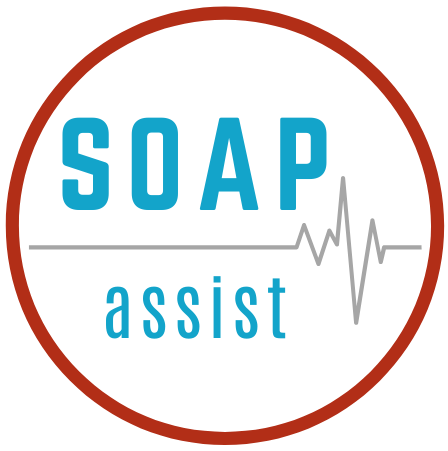There has been, perhaps, nothing to leave a greater impact on the lives of medical providers as the electronic medical record. Regardless of where you spend your time, the clinic, the operating room, or the wards, you are likely to spend a significant amount of time working with an electronic medical record. Paper charts have been virtually outlawed except in very specific circumstances. Yet, the electronic medical record is a great source of stress and frustration amongst medical providers. In this article, we will discuss the impact of the electronic medical record on the day-to-day lives of providers.
Let’s talk about chart review. When it comes to reviewing a patient’s chart, the electronic medical record has streamlined a lot of things. Depending on the needs of the provider, most electronic medical records can be modified and/or altered to fit the routine of a provider. Lab values are typically condensed regardless of when they were taken. This makes looking for a particular lab value much easier. Notes can be arranged by topic which means looking for a particular provider or specialist note can be easier. Often reviewing these things can be organized in such a way to fit a particular provider’s routine. There are often tabs for labs, previous encounters, radiology, immunizations, and more. Often these tabs can be rearranged so the provider can have a stepwise method for chart review. Ultimately, this can result in a more systematic approach and fewer things missed.
The corollary to so much information being so readily available is that providers have become accountable for all data within the chart. Prior to the electronic medical record providers were not expected to look through every single page in a patient’s chart unless dictated by the circumstance. Now, medical providers suddenly feel accountable for a potassium level that was slightly low 2 years ago. So where is the line drawn? What do we as medical providers hold ourselves accountable to?
Ultimately, there should be a system in place to deal with this. Many institutions operate by a “you order it, you own it” policy. This means that the ordering provider for a particular test or drug is responsible for the test result and/or efficacy of the therapeutic. This limits the amount that a provider is accountable for during a given encounter to only what is pertinent to that visit.
Many providers viewed the electronic medical record as a great opportunity. An opportunity for more comprehensive care and better communication amongst providers. Making a medical record electronic means having masterful control over the way information is processed. The result should be adapting the medical record to the provider’s workflow.
However, many medical providers struggle with the electronic medical record. In many people’s minds, the problem lies with a provider. Medical providers are often pictured as older individuals with less experience with electronics generally. An inability to adapt to some may say. Yet, medical providers adapt everyday to new and updated medical information. Change is routine.
No, struggle with the electronic medical record comes from many areas where paper charts were far more efficient. There are no loading screens with paper charts. Nor are you unable to access them because the internet goes down. A paper chart could be brought into a patient’s room and documentation was done in real time. The impression that was left with the patient was that the provider was taking the time to write down their thoughts and create a record of their problem. Going into a room with a laptop gives the impression of texting and even ignoring a patient.
There are also more problems over and above the pure and simple fact that the medical record has become electronic. The way the electronic medical record has been executed has left providers wanting. Most electronic medical records do not talk to each other. There are literally hundreds of electronic medical records available for you and transferring records between them is nearly impossible. In fact it is often done by printing out the record to paper charts anyway.
Many adjuncts have arisen to do what the electronic medical record has failed to do. These include dictation devices/services, which are prone to their own errors as well. That’s why we created SOAPassist. We want to empower providers to create their own online medical SOAP notes custom to each encounter. Using templates reduces error with text-to-speech and is even faster and more consistent. SOAPassist unifies templates. This means working in different locations with EMRs that do not talk to each other is no longer an obstacle to documentation.
Disclaimer: SOAPassist curated templates are created for use by licensed medical providers. While they are examples of what a provider might document, their intended purpose is to provide a starting point for documentation and do not constitute medical recommendations.

